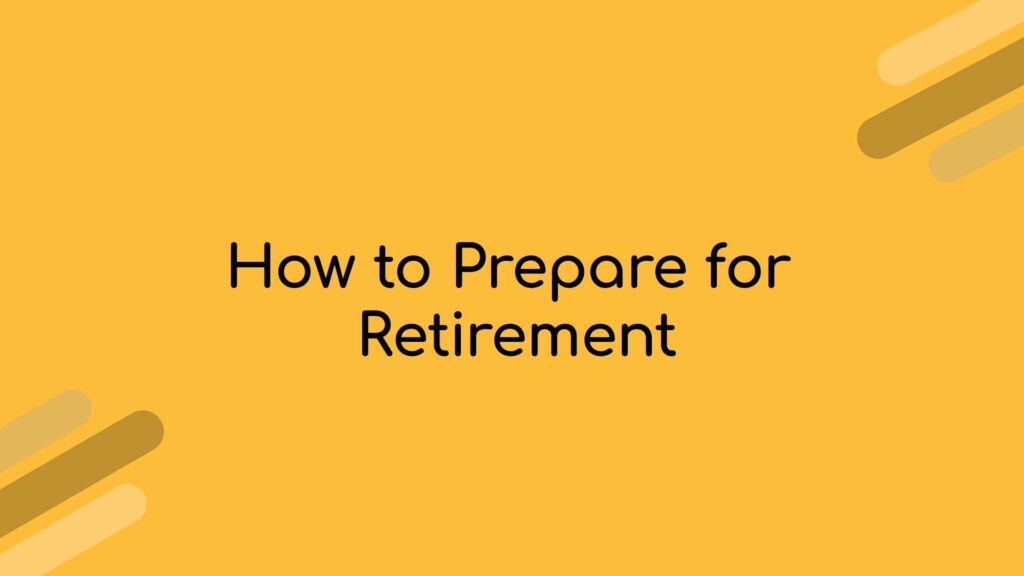I’ve heard the phrase “global fears” a lot lately. When stocks go down in value, we start hearing all kinds of explanations on why they dropped.
While we’re talking about fears, let me talk about one that may seem a bit counterintuitive – the fear that volatility goes away. You might be inclined to ask, “Are you kidding?” Most people would love to have investments that didn’t fluctuate in value with every piece of news that comes out, but we should be careful what we wish for.
It reminds me of the premise of the popular movie, “Bruce Almighty”, which came out several years ago. Although, I’ve never seen the movie (I don’t get out much), the plot is based around a TV reporter who decided that God wasn’t doing His job very well and He needed to be fired. Bruce takes over and makes a mess out of things. The idea is that we often overestimate our wisdom and we often don’t really know what is best for us.
Are stocks riskier now? What would happen if volatility went away in the stock market?
The first question can be answered by looking at risk objectively. The best way we have of measuring it is using standard deviation. This is simply a measure of how far stocks go up or down through time or how much variation we are likely to see with various asset mixes.
When I looked at an aggressive portfolio (95% stock) portfolio split between large, small, growth and value stocks globally, I found the data to be very interesting.
From January of 1970 through December of 2013, an aggressive mix had a risk measure of 14.7 (or standard deviation). The higher the standard deviation, the higher the volatility. If we look at the period from 1970 through 1989 (20 years), the number is very similar at 14.3. If we look at the next 20 year period from 1990 through 2009, again, we find that the risk measure is similar at 14.8. Finally, if we look at the period from 2010 through October of 2014, we see a standard deviation of 15.1. Although slightly higher, this number is again similar to the previous numbers.
While there is no question that treasury bills are far less volatile (standard deviation from 1970 through 2014 of 1), there is a major disadvantage to their lack of risk and that is, as you may have guessed, lack of return. If investors don’t have to put up with fluctuating returns, they can’t demand greater returns. It is a lot like exercise. I can’t expect growth in stamina or muscle if I don’t go through any adversity.
From 1970 through October of 2014, one dollar in our aggressive mix would have grown to $248 if I captured asset class returns. In our “risk free” treasuries, the same dollar would be worth only $9. Over the same period in time, the cost of an average house went up from $23,600 to $242,300 as of the most recent US Census data (source: www.census.gov)
As we can see, volatility is our friend. While it may seem desirable to get rid of risk, the result is a degradation in the purchasing power of our wealth. The last 60 years of academic research has shown us great strategies for reducing uncompensated risk and maximizing expected returns through better portfolio design, but eliminating risk is not as desirable as it may appear. Maybe we are fearing the wrong thing.
Standard & Poors, MSCI, Fama/French, Dimensional Returns, Center for Research in Securities Prices/Past performance is no guarantee of future results




